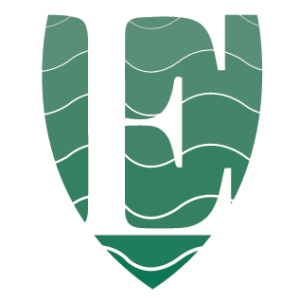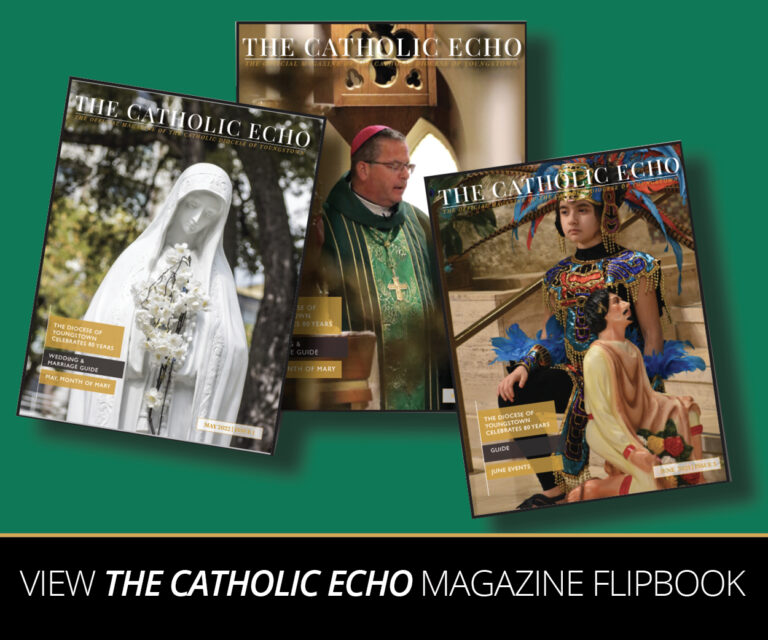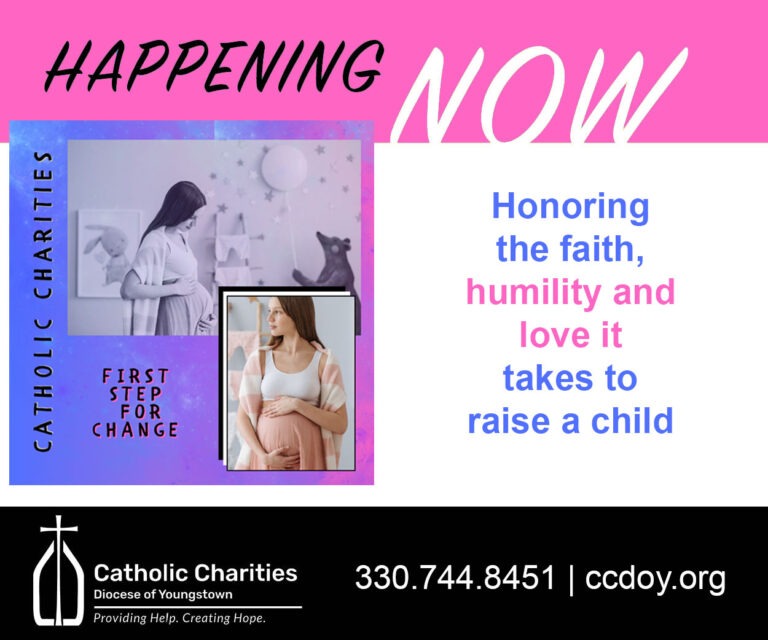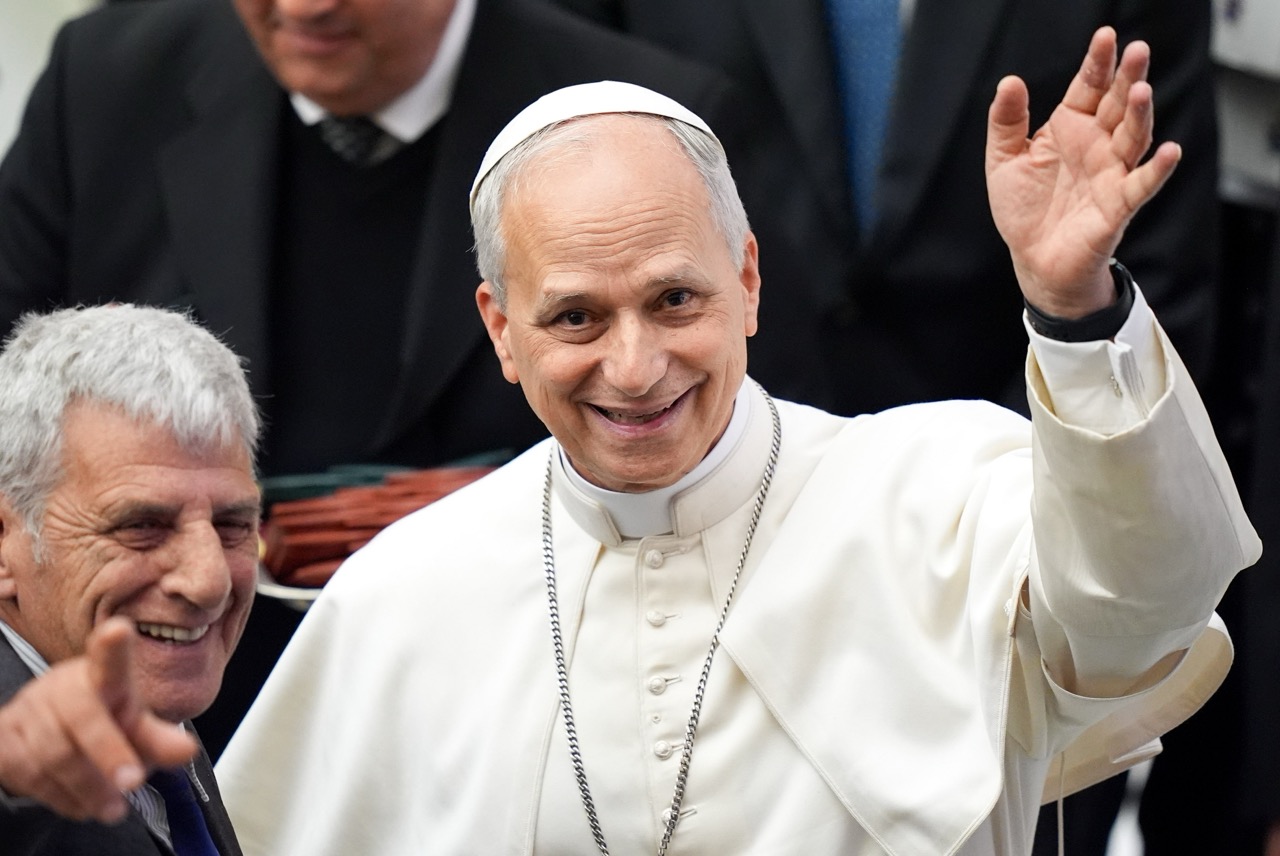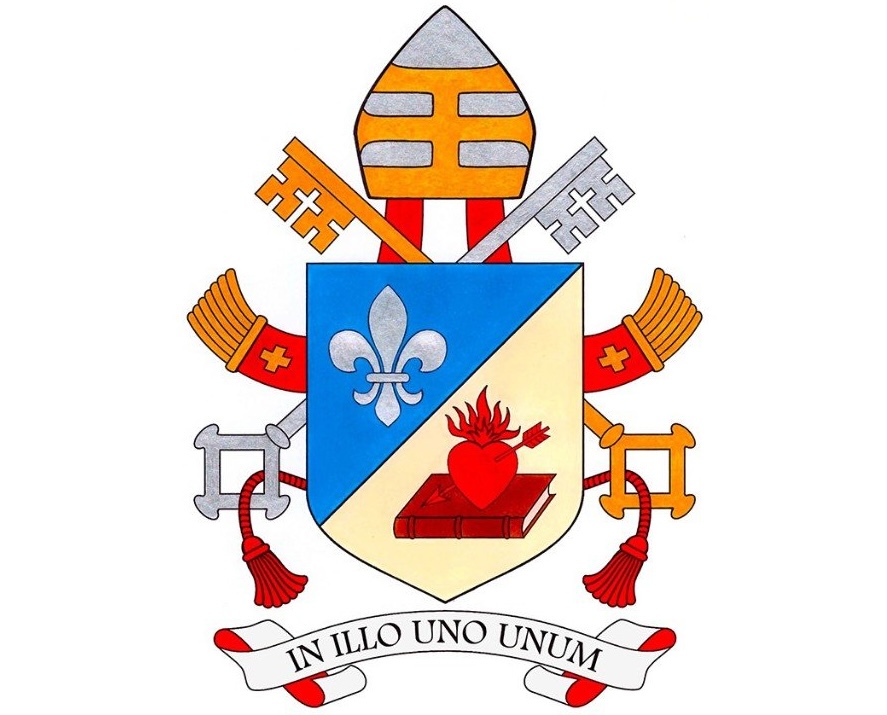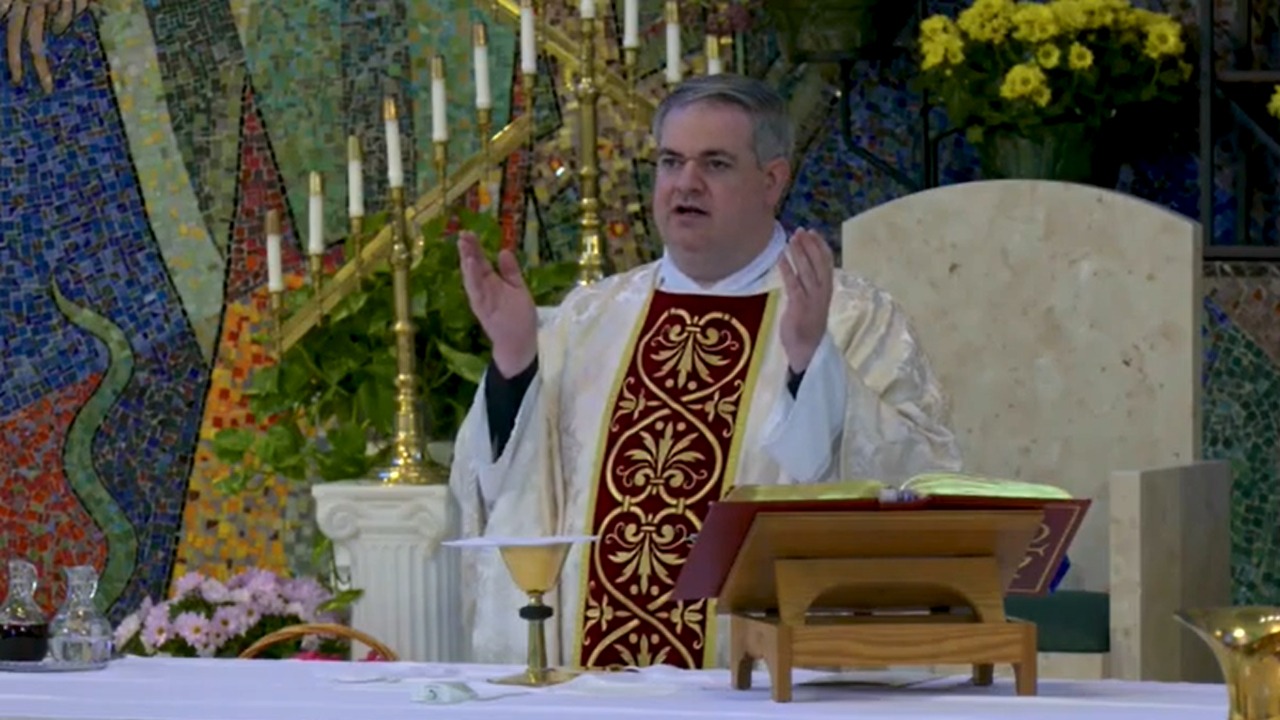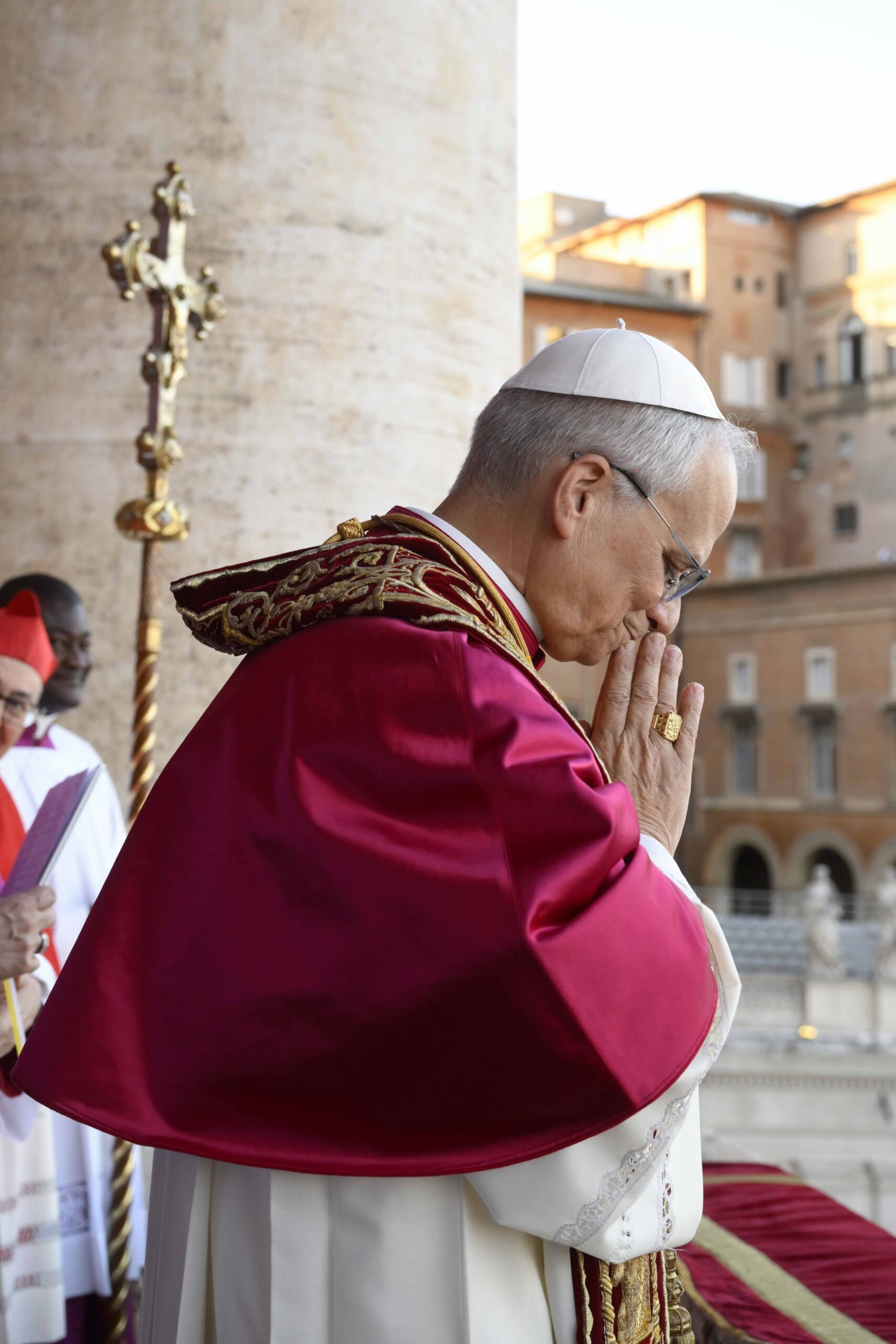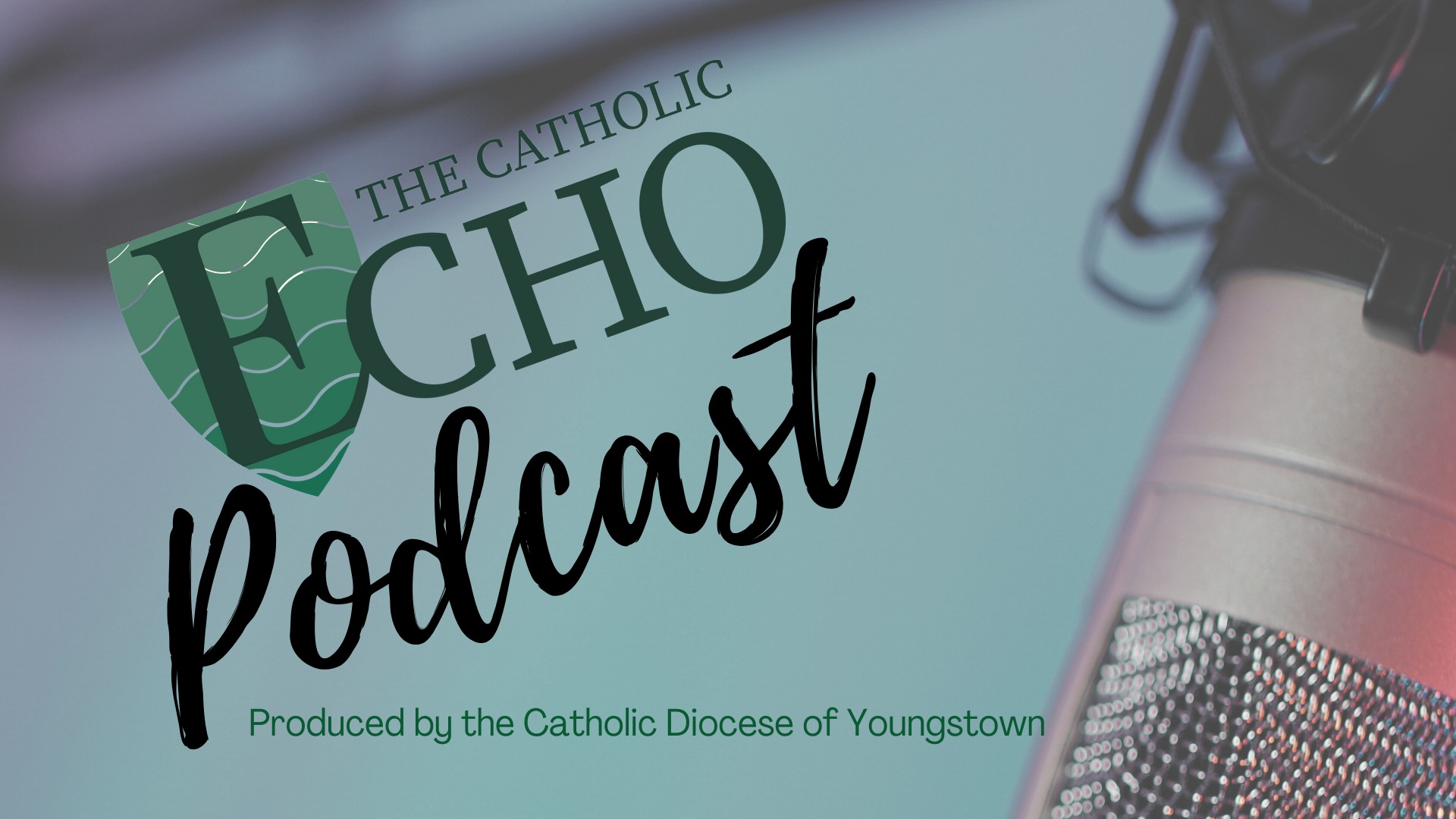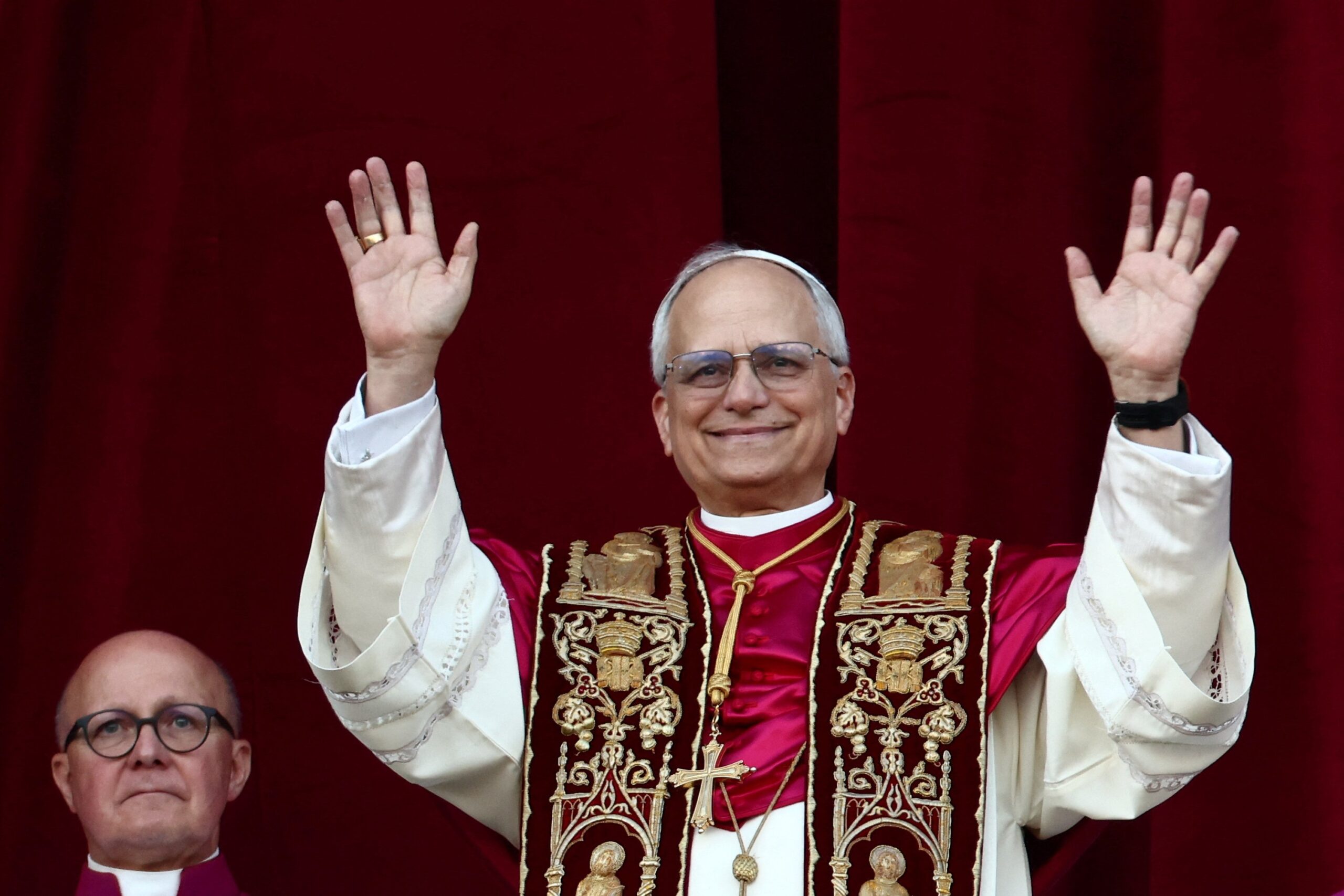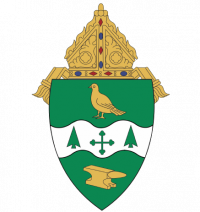We all know someone who has been on a pilgrimage. Perhaps they hiked the Camino del Santiago, or traveled to the Holy Land and saw the birthplace of our Lord, or went to an ancient monastery, miles away from any other trace of civilization, and gained deep, esoteric knowledge of their own souls.
But a retreat or pilgrimage need not be exotic to be enlightening. Indeed, there is value in local travel—in learning to look deeper at the places that surround you, and in the realization that holiness is not only in faraway, ancient lands.
“If we don’t take a vacation, what happens? And similarly, if we don’t take a deep dive in our spirituality and our prayer, what happens? This is giving you the time and space to do that so you can recharge, reenergize, so that you can go back into your other relationships and work and live in a new way,” said Jesuit Father Paul O’Connor, retreat director at the Jesuit Retreat Center in Parma, Ohio.
But how does a pilgrimage differ from a regular vacation? According to local experts, it doesn’t really. People travel all the time, for all sorts of reasons, but a pilgrimage is time that is taken away from day-to-day life, with the intention of enhancing one’s spirituality.
In fact, Tim Hite, the executive director at Loyola Retreat House in Clinton, Ohio, believes that intention is a key component to a successful pilgrimage.
“Taking some time to reflect on what you hope to gain from the experience and setting some specific intentions—could be deepening your faith or finding guidance on a particular issue, some kind of discernment … or it might just be stress reduction—but having a clear goal or maybe a thought of how you’d like to be changed during the experience, I think that’s important,” said Hite.
At the same time, according to Sister of Notre Dame Jennifer Kramer, director of Bethany Retreat Center in Chardon, Ohio, just being open to how God is trying to reach you is also a valid way to approach a pilgrimage.
“Come with an open heart and be ready for God to surprise you with God’s grace,” she said. “I would come with an open heart and just invite God to reveal God’s presence to them. I think that’s all they need to do and then let God take over.”
“To set aside time to simply be with the Lord, to ‘waste time’ with Him, to receive Him however He desires to give Himself … reorients us to reality, and roots us in our belovedness to the Father, which is the only sure foundation for a life of peace and joy,” agrees Mother Petra, a monastic nun at Christ the Bridegroom Monastery in Burton, Ohio. “To ‘get the most’ out of a retreat or pilgrimage, we must counter-intuitively surrender our desire that we ‘get’ anything out of it all! Instead, let us give ourselves—our time, our desires, how we feel emotionally and physically—to the Lord, trusting He receives such a self-gift with the same delight as He received the nard poured over His feet by the sinful woman in the Gospel.”
Luckily, within a short drive from the Diocese of Youngstown, there are numerous ways to engage in spiritual retreats or pilgrimages. Included in this story are several suggestions—but they are by no means an exhaustive list.
So get out there and take a deep dive in your faith!
Maria Stein Shrine of the Holy Relics
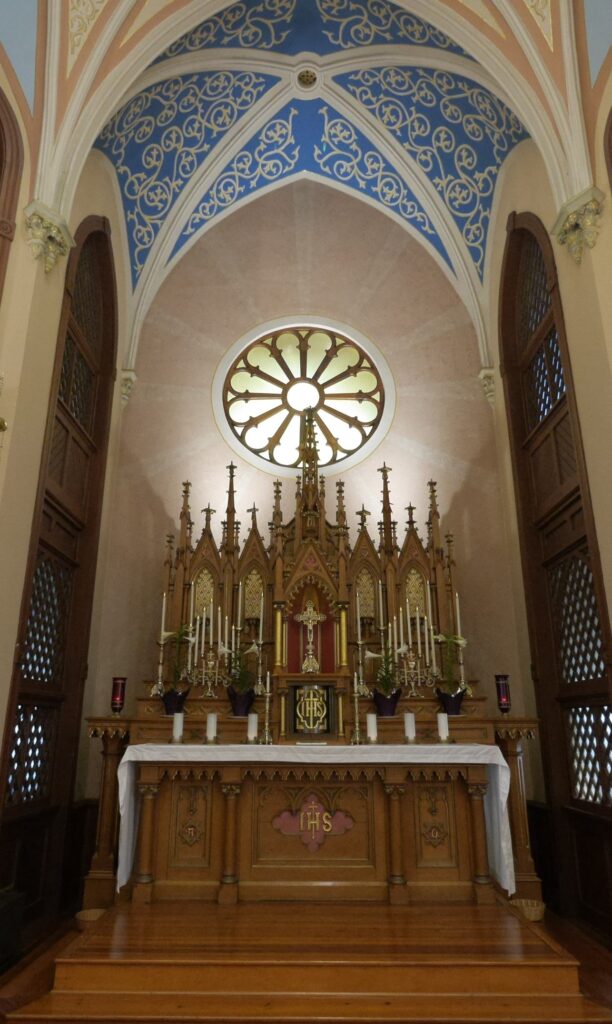
Maria Stein, Ohio
The Maria Stein Shrine of the Holy Relics rises above the bountiful countryside about an hour north of Dayton. Like a lighthouse, the shrine’s steeple guides pilgrims to its impressive collection of over 1200 relics from miles around.
The Shrine’s history dates back to 1846, when it was first established as a convent for the Missionaries of the Precious Blood, a religious order of both men and women founded in Switzerland by Mother Maria Anna Brunner in 1834. In 1843, Mother Brunner’s son, Father Francis de Sales Brunner, led a group of priests and brothers of the Precious Blood to Ohio to minister to the German-speaking Catholics living in the area, bringing with him part of his collection of relics. The following year, in 1844, three Sisters of the Precious Blood also came to America and brought the remainder of Father Brunner’s relics, and another collection of relics was brought to the convent in 1875.
In 1887, the Vatican decreed that ordered communities consisting of both men and women must be separated into two distinct communities, which gave birth to the Sisters of the Precious Blood, with the convent becoming the Motherhouse of the new order.
By 1892, there were so many pilgrims coming to venerate the relics housed in the convent that two new chapels were built—one for the use of the sisters, and a small one for public use and veneration, where the majority of the relics are still held today in reliquaries. In, 1901 the new Motherhouse structure was completed, which is the current site of the Shrine’s museum, gift shop and offices.
Today, 16 employees and more than 200 volunteers from the local area operate the shrine, offering numerous experiences for pilgrims.
One of the best ways for visitors to experience the shrine is to attend Adoration, which is held on afternoons Tuesday through Thursday—for over a century, the Sisters of the Precious Blood sat in perpetual Adoration and when the majority of the Sisters had moved to by 1957, the laity formed an “Adoration Guild” to maintain the decades-long tradition of prayer.
A unique aspect of the Shrine’s ministry is that they offer prayer services for communities who need a specific saint’s intercession. For example, once a month the Shrine holds a prayer service and veneration to St. Peregrine, the patron saint of cancer patients.
On the third floor of the Shrine is the recently renovated Heritage Museum, which details the early settlement of the region by German Catholics and the subsequent history of the Missionaries of the Precious Blood. For groups of 10 or more, the Shrine offers guided tours of the museum, but there is also a self-guided audio tour available for small groups and individuals. Perhaps the most popular experience is the “Behind the Shrine” tour, which provides in-depth tours to all areas of the Shrine— some of which is not typically open to the public—and a private dinner.
The Maria Stein Shrine of the Holy Relics has much more to offer in addition to what has already been mentioned, so be sure to check their calendar for events and experiences!
When to Visit: Any time. Adoration is offered Tuesdays through Thursdays from 1 to 5 p.m., and Mass is on Saturdays at 10 a.m. On Fridays, Brunner’s Bake Shop sells bread, scones, muffins and other baked treats from 9:30 a.m. to 2 p.m.
Contact: Visit the website to learn more about the history and current ministry of the Shrine and for a full listing of events. Register for events online. For any inquiries, call 419-925-4532.
Christ the Bridegroom Monastery
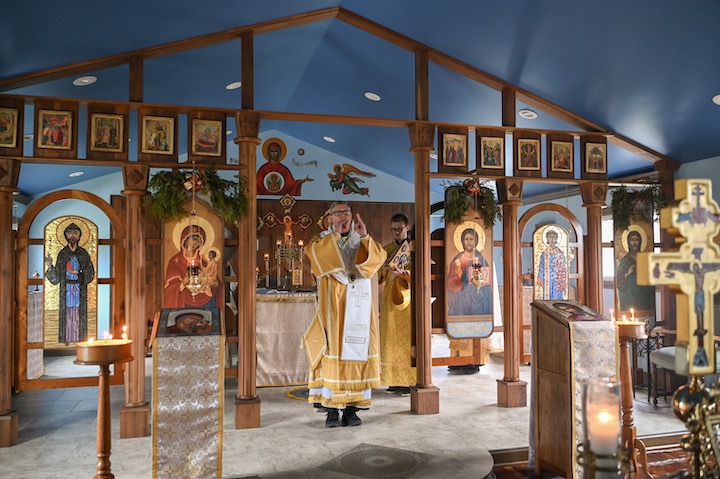
Burton, Ohio
If you’ve ever wanted to know what it’s like to live as a monk, Christ the Bridegroom Monastery in Burton, Ohio, is the perfect place to visit. Only recently established in 2009, Christ the Bridegroom is the home of a community of monastic women in the Byzantine Catholic tradition. The monastery was founded by the Eparchy of Parma in response to Pope Saint John Paull II’s apostolic letter Orientale Lumen, which called for a revitalization of Eastern Monasticism in our Church.
“Saint John Paull II spoke of the Church having ‘two lungs,’ an Eastern lung and a Western lung,” said Mother Petra a stavrophore (“cross-bearer”) nun at the monastery. runs the monastery. “We provide an opportunity for Western Christians to experience the prayer and traditions of the Eastern, which are often unfamiliar, so that they may ‘breathe more fully’ in the faith. To pray in our chapel is to enter a sacred space whose structure and adornment is rich with ancient meaning.”
In addition to Divine Liturgy on Sundays at 10 a.m. and daily vespers at 4:45 p.m. on weekdays and 5:15 p.m. on Saturdays, there are plenty of opportunities to visit for special events throughout the year. For example, on July 6, the monastery is hosting its first summer picnic for young families, and twice a year—in spring and fall—volunteers can participate in “work days,” helping to maintain the monastery and grounds. In August, the Eparchy of Parma also hosts a pilgrimage to the Shrine of Our Lady of Mariapoch, which is across the street.
When to Visit: Visitors are welcome daily for Vespers and Divine Liturgy. The shrine is available for visits from May to September. To inquire about other visits, call or email the monastery.
Contact: Call 440-834-0290 or send an email to christthebridegroom@gmail.com with any inquiries. Visit the website or visit the sisters’ Youtube (@ChristTheBridegroom) for more information.
Rhoda Wise House
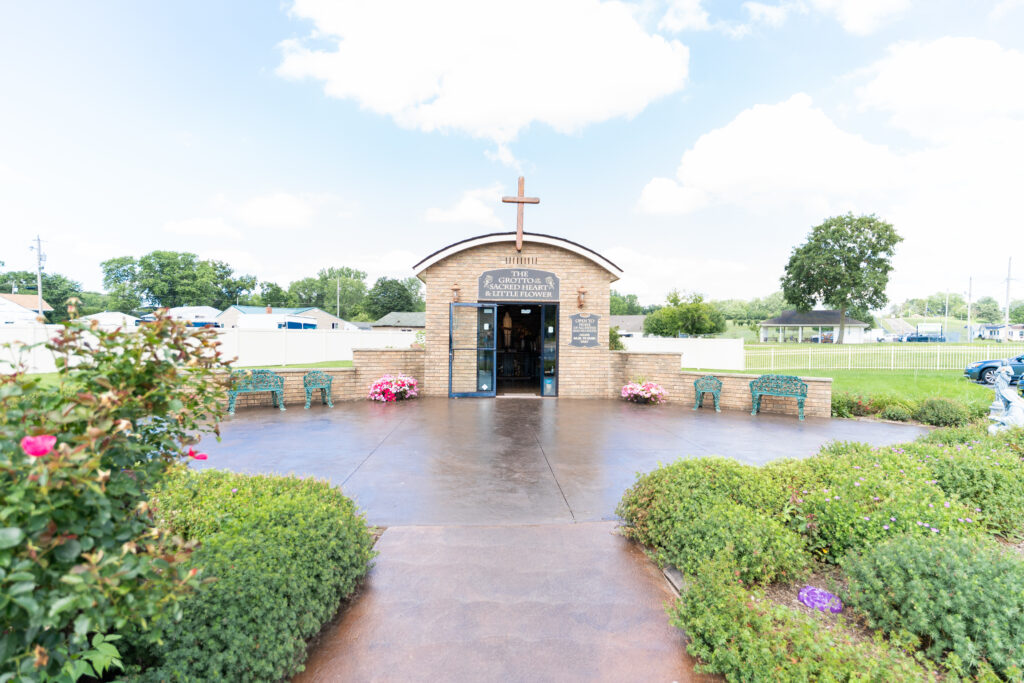
Canton, Ohio
The Rhoda Wise House offers a truly singular opportunity for visitors to encounter the private home of someone who could very well be a saint one day soon. Rhoda Wise, who lived in the Canton-area home from the early 1930s until her death in 1948, was declared a Servant of God by Bishop George Murry in 2016 and is currently being investigated by the Vatican for Canonization.
Rhoda suffered from numerous severe ailments throughout her life. During a hospital stay, Rhoda befriended some of the Sisters of Charity of St. Augustine at Mercy Hospital, who instructed Rhoda on how to pray the rosary and introduced her to Saint Therese of Lisieux, to whom Rhoda became especially devoted. Rhoda, raised a Protestant, was received into the Catholic Church on January 1, 1939, and was confirmed by Bishop James McFadden personally on March 7 that year, on her sickbed.
Rhoda had been sent home with what was believed to be end-stage stomach cancer, when she began to receive visitations from Jesus Christ and Saint Therese over the course of several years—the last visitation occurring on June 28, 1948. Rhoda also received the miraculous healing of her abdomen and other ailments, and on multiple occasions, Rhoda was witnessed with bleeding stigmata on her hands, feet and forehead.
During the final years of her life and in all the years since, Rhoda has been credited with many miraculous cures, and the home has become known as a “miracle house.” The most famous instance involves Canton’s Mother Angelica (Rita Rizzo from birth), the founder of EWTN, who was cured of a chronic stomach ailment after visiting Rhoda and praying a novena to Saint Therese at her instruction.
Rhoda’s home, and the grotto built on her property after her death, is now a popular site for pilgrimages for Ohio-based Catholics and beyond. The home is kept mostly as Rhoda left it, filled with objects from Rhoda’s life. Of particular note is the chair in Rhoda’s bedroom, in which Our Lord Jesus Christ sat when He appeared to her, and Rhoda’s own rocking chair in the living room.
“What happens here is unique to every person,” said Karen Sigler, OFS, who manages the Rhoda Wise House & Grotto. “People are touched profoundly here, and we know it’s not something we did.”
When to Visit: The home and grotto are open 10 a.m. to 5 p.m. weekdays and 11 a.m. to 3 p.m. the first Saturday of the month.
Contact: Call the Rhoda Wise House at 330-453-0322 to make arrangements or with any questions. Visit the website for more information.
Villa Maria Education and Spirituality Center
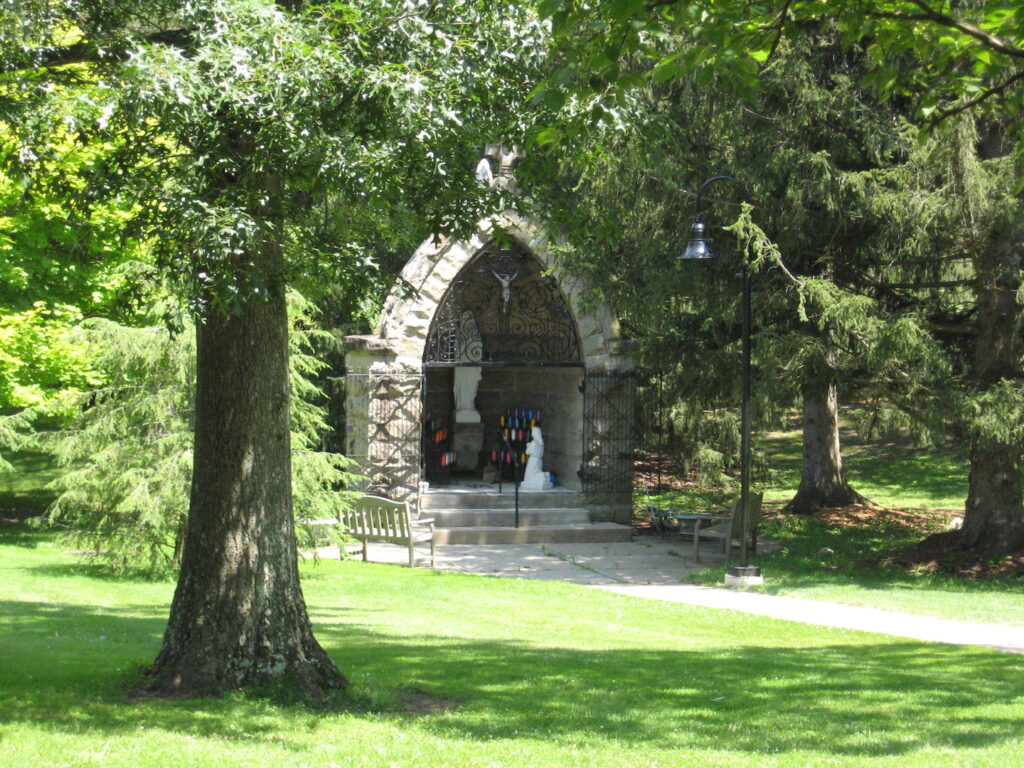
Pulaski, Pennsylvania
The Villa Maria Education and Spirituality Center (VMESC), run by the Sisters of the Humility of Mary, is situated amidst a breathtakingly massive, 740-acre property. Although it is technically in Pennsylvania, the spirituality center—and its rolling hills, verdant fields and austere woods—are only a 15-minute drive from downtown Youngstown.
VMESC also has accommodations for over 200 overnight guests, and features a heated indoor pool, a library, an art studio, a gym and—the crown jewel of the property—the Magnificat Chapel, a grand 400-seat worship space with breathtaking kaleidoscopic stained-glass windows. On VMESC grounds are a full working farm and market, a prayer labyrinth, numerous nature trails and an outdoor pavilion with a firepit.
Then there is the programming that the sisters offer—guided labyrinth walks, Taizé prayer services, “Coffee and Contemplation” sessions—but they also have an impressive lineup of lectures, presentations and experiences focused on spiritual education. For example, from June 9 to 13, VMESC is offering a “conference retreat” on the mystic writings of Father Pierre Teilhard de Chardin, SJ, titled “Teilhard’s Cosmic Images of God,” which will delve into Teilhard’s cosmological vision of Christ, where science and divinity are joined in God’s creation. Leading the retreat is Sister of Saint Joseph Kathleen Duffy, PhD, a professor emerita of physics and director of the Institute for Religion and Science at Chestnut Hill College.
But lest you stress that you’ll need a PhD yourself to get something out of a trip to the VMESC, rest assured—there are plenty of traditional retreat experiences year-round for visitors to enjoy, and the retreat center can also be booked to host preplanned retreats by private groups.
When to visit: Any time. But be sure to schedule in advance to ensure a spot.
Contact: Registrations and inquiries can be made on the website or by calling 724-964-8886 for more information.
Loyola Retreat House
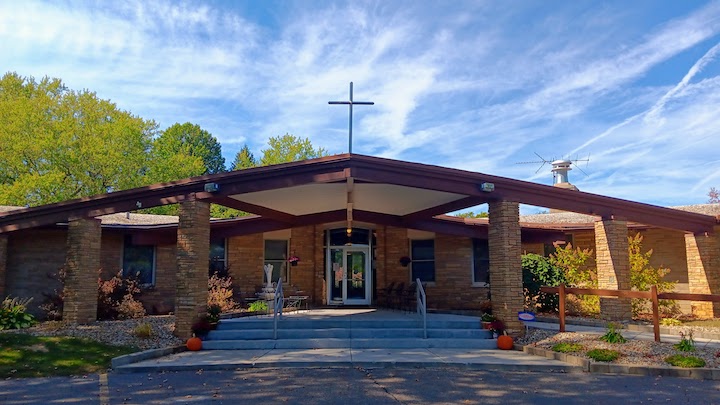
Clinton, Ohio
Located in rural Clinton, Ohio, Loyola Retreat House is nestled between rolling hills and peaceful farmland. Executive director Tim Hite says the retreat center’s serene rurality is one of its biggest strengths.
“[Our location] is beautiful throughout the year,” he said. “The space and the silence out here is definitely a draw. The silence, the night sky, the beauty of nature, and the ability to just take a breath and get away … it really frees people up to be introspective.”
Despite its remote location, Loyola Retreat House is constantly busy—at the time of publication, it had 62 retreats on the books for this year. That might not sound like a lot, but only one group at a time can use the house. Aside from the retreat house’s facilities—including a chapel, 42 simple-yet-comfortable rooms and a fulltime chef—the whole 70-acre property and its numerous trails, outdoor shrines and Stations of the Cross are available any time.
Loyola Retreat Center mostly specializes in hosting preplanned retreats rather than operating its own directed retreats, but it does host Pre-Cana marriage preparation retreats and an icon-painting retreat, called “A Window to Heaven.”
This focus on hosting, as well as the retreat center’s insistence that only one group books the property at a time, allows Loyola Retreat House to offer a more intimate and highly customizable retreat experience. “We have a small staff but we do our best to provide a safe, comfortable, inviting space for people to hold their own events,” said Hite. “We offer a lot of experiences, but we don’t dictate them. We just set the stage.”
When to Visit: Any time, but retreats must be reserved in advance.
Contact: Reservations can be made online on the website or by visiting or by calling 330-896-2315.
Bethany Retreat Center
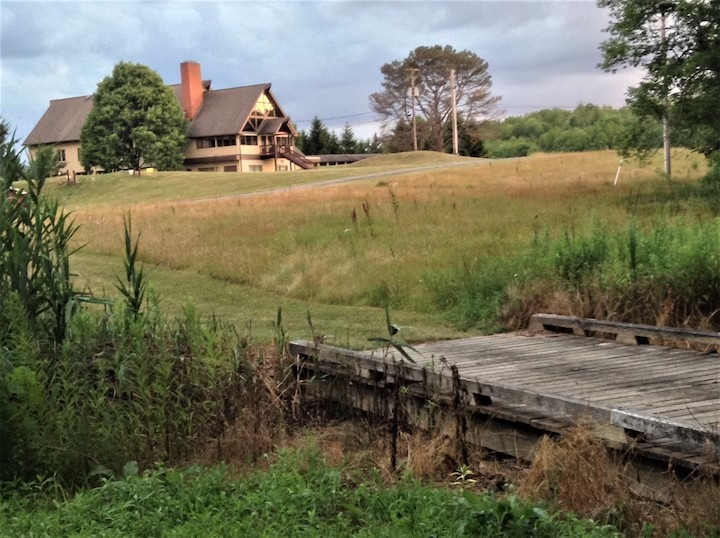
Chardon, Ohio
Bethany Retreat Center is situated on an expansive 350-acre site in Chardon, Ohio. Although it does share the property with the provincial center of the Sisters of Notre Dame—who also run the retreat house—the property gives visitors more than enough room to stretch their legs on numerous walking paths and find a quiet, private spot for some prayer and reflection.
When the Sisters of Notre Dame bought the property in the 1960s, the current retreat center was actually a barn. The Sisters turned it into a boarding school for girls, which operated until 1979, and then converted it to the current retreat center in 1980.
It’s not just the retreat center’s barn-based past that gives it its charm, though. Sister Jennifer Kramer, Bethany Retreat Center’s director, says that after more than 40 years of hosting retreats, the walls are “soaked with prayers,” and although the outdoor space is massive, the center itself is intimate and informal.
“Here it’s much smaller and you can just walk into the kitchen and grab a cup of coffee,” Sister Jennifer said. “[In] one group, a woman said to me ‘Sister, I love coming to Bethany … it’s kind of like going to grandma’s house.’ It’s a homey and warm place.”
Unlike other retreat centers, Bethany skews a bit older in its target demographic, as it does not offer programing for adolescents, and it adheres to a 21-or-older policy. Bethany Retreat Center does not serve the public during the summer months, when it exclusively hosts retreats for members of the clergy, but it is open to the public the rest of the year.
With 25 single bedrooms, a chapel, a dining room, several small group spaces and a large conference room, Bethany Retreat Center provides the perfect space for groups looking to book a retreat. Some of the center’s programming includes a “quiet day of prayer” once a month, where visitors gather for a short prayer at 9:30 a.m. before being given free reign of the property until 2:30 p.m., with a box lunch provided. It also offers women’s groups, a Lenten prayer series and overnight retreat weekends.
When to visit: Fall through spring. Reservations must be made in advance.
Contact: For further information, contact Sister Jennifer at 440-279-1143 or jkramer@sndusa.org. Visit the website for more information.
Our Lady of Lourdes National Shrine
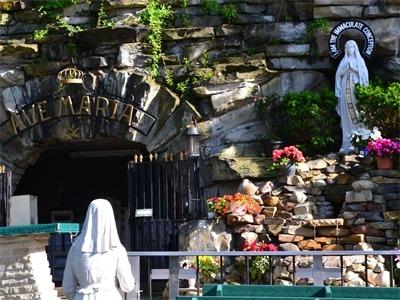
Euclid, Ohio
Nestled just off the beaten path on Cleveland’s east side, you’ll find a little slice of paradise—the National Shrine of Our Lady of Lourdes.
Dedicated in 1926, the shrine is a replica of the grotto in France where the Blessed Mother appeared to Saint Bernadette in 1858, featuring stone shards brought from the shrine in Lourdes where Mary actually stood. Water flows over the stone, and visitors are able to bless themselves with the water, or even drink it if they so desire.
While it is a replica, Our Lady of Lourdes National Shrine has its own claim to fame. According to the Sisters of the Most Holy Trinity, who maintain and run the shrine, the site was originally a farm owned by Louis and Julia Harms. In 1870, Julia—who was pregnant with the couple’s fourth child—was visited by the Blessed Mother, who told Julia that she would give birth in three days, and would pass away shortly after. Indeed, three days later, on May 1, a baby girl was born to Louis and Julia, and on August 12, Julia passed away.
Julia had told her family of the apparition and requested that they always keep the site sacred, even after it had changed hands. In 1928, when Bishop Joseph Schrembs learned of the Marian apparition in 1870, he rededicated the shrine as a National Shrine. The Sisters of the Most Holy Trinity took over operation of the shrine in 1952.
Apart from the shrine, there are many other ways that pilgrims can enjoy the grounds. Visitors can walk the Rosary Hill, an outdoor, walking rosary adorned with granite “beads,” or pray an outdoor Stations of the Cross which features numerous life-size statues. There is also a beautiful chapel onsite, with stained- glass windows depicting the story of Our Lady of Lourdes’ visitation, where Mass is offered daily, and Adoration is held weekly from 3:30 to 4:30 p.m. on Tuesdays. From May through October, Masses are held outdoors near the shrine and grotto. The shrine also schedules many other events throughout the year, so check the website for updates.
When to Visit: Any time.
Contact: For Mass times, an event calendar and more information, visit the website. Call 216-481-8232 with questions.
Basilica and National Shrine of Our Lady of Lebanon
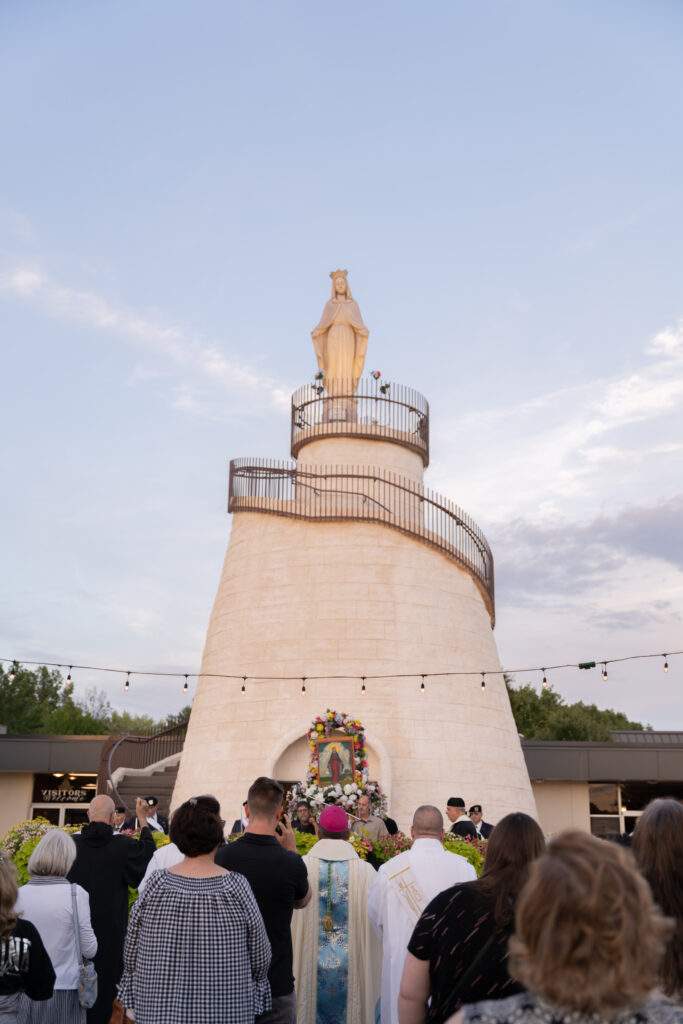
North Jackson, Ohio
At Our Lady of Lebanon Basilica and National Shrine, a Maronite Catholic Church in Mahoning County, visitors can appreciate the deep diversity present in our modern Church. Like the Byzantine Catholic Church, the Maronite Catholic Church is another “Eastern Rite” of the Universal church.
Located on a spacious 80-acre property on the west side of the Meander Creek Reservoir, the National Shrine of Our Lady of Lebanon—named a minor basilica by Pope Francis in 2014—is a replica of the shrine to Our Lady in Harissa, Lebanon, and illustrates the Maronite church’s special devotion to the Blessed Virgin. The shrine features an awe-inspiring 55-foot tower topped by a 16-foot statue of the Virgin Mary and is accessible via a spiral staircase wrapping around the tower, which also includes a small chapel for up to 35 visitors.
Other highlights of the Basilica and National Shrine include the beautiful—and much larger, seating up to 450 visitors—Prince of Peace Chapel, the Martyr Meditation Trail, and a well-stocked gift shop. The shrine also regularly schedules special events throughout the year, including Lebanese Food Festivals, family events, like dances, and more!
Visitors can book their pilgrimage beforehand. Unlike some of the other pilgrimage destinations on our list, Our Lady of Lebanon allows pilgrims to tailor their pilgrimage experience to their specific needs, inviting them to choose from a whole menu of possible configurations—as well as an actual food menu, too.
Every year in August, Bishop Bonnar is invited to celebrate the Holy Mass at the Shrine as the Latin Rite Bishop for the annual Assumption Pilgrimage—to join him at this years pilgrimage, keep an eye out for details on the shrine’s website.
When to Visit: Any time. Mass is at 5:30 p.m. Monday to Wednesday, noon on Friday, 5 p.m. on Saturday and 10 a.m. and 5 p.m. on Sundays. Eucharistic Adoration and Benediction is every Friday from 10 to 11:30 a.m. Pilgrimages can be booked online in advance.
Contact: For more information about pilgrimages and upcoming events, visit the website or call 330-538-3351.
Jesuit Retreat Center
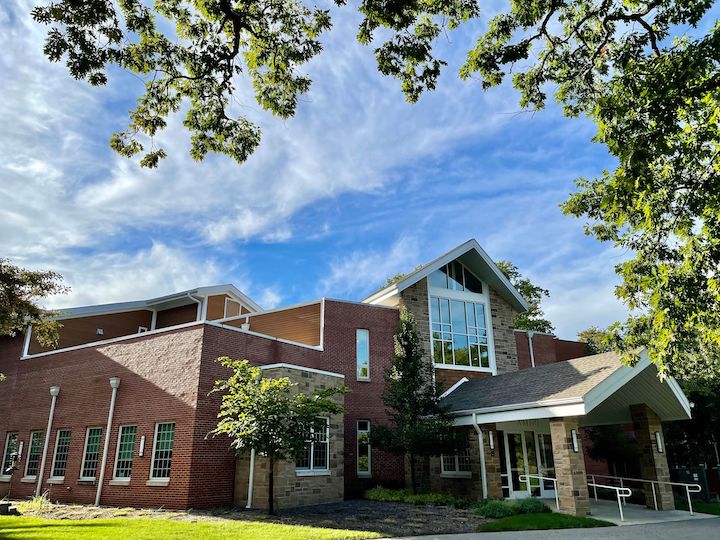
Parma, Ohio
Tucked away on a 56-acre plot of land in the middle of Parma, Ohio—“an oasis,” according to retreat director Jesuit Father Paul O’Connor—lies the Jesuit Retreat Center, the oldest continuously operating retreat center in the United States.
Although it’s not exactly hidden, Father O’Connor says that people living as little as five minutes away aren’t always aware of its presence. Ignatian spirituality is the core of the Jesuit Retreat Center’s approach, which denotes an emphasis on stepping away from our time, “kronos,” and into God’s time, “Kairos,” while “moving at the speed of grace,” as Father O’Connor says.
One of the ways the Jesuit Retreat Center achieves that mission is by offering a wide variety of directed retreats that allow potential visitors to listen for God’s calling. For example, it offers 12-step recovery programs for men and women, yoga-based mini retreats, morning prayers shared around cups of coffee and even full 30-day retreats which replicate Saint Ignatius’ Spiritual Exercises. Father O’Connor always makes time for retreatants to explore the grounds, to look for God in His creation and to open themselves up to God’s direction.
The Jesuit Retreat Center features 59 single bedrooms and 10 shared rooms, accommodating up to 79 guests overnight—often housing many groups at once. It also has large and small meeting rooms, which can host up to 125 participants, multiple chapels and dining rooms, plus a comfortable, leather-chair-laden library.
“We are a place of peace. There’s something special here, something sacred here. It’s almost immediately felt as you drive up our wonderful winding driveway through the trees and the deer on the property,” Father O’Connor said. “To have an abundance of trees, walking paths, over 15 deer on the property, wetlands and woods—as [Saint] Ignatius would say [it] ‘sets the scene’ or the composition of place that immediately draws you in to something deeper, like the sacred.”
When to Visit: Any time, but availability for retreats varies.
Contact: Bookings can be made online on the website. For more information, call 440-884-9300.
Saint Anthony Chapel
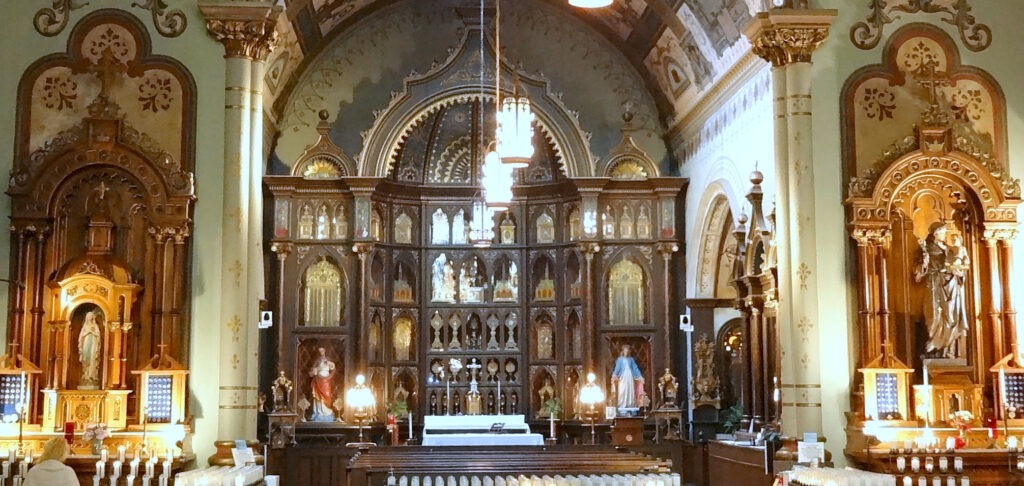
Pittsburgh, Pennsylvania
Pittsburgh’s Saint Anthony Chapel, dedicated in 1883, is an epicenter of saint veneration in the United States. Housing approximately 5,000 relics, Saint Anthony’s possesses the largest collection of religious relics outside the Vatican itself.
Among the chapel’s many treasures are splinters of the Holy Cross, a scrap of the Blessed Mother’s veil, bones from all 12 disciples, bones from Saint Boniface, who brought Christianity to Germany, and a molar from the chapel’s namesake, Saint Anthony of Padua.
The chapel owes its vast collection to its founder, Father Suitbert Godfrey Mollinger. A European missionary who arrived in Pittsburgh in 1854, he dedicated the vast inheritance he received upon his mother’s death to the preservation of Catholic relics. When he ran out of room to store the relics, Father Mollinger personally paid for the current, larger chapel to be constructed.
In addition to its relics, the chapel is also home to life-sized Stations of the Cross—one of only two such collections in the world.
Anyone can visit when the chapel is open, but there are several opportunities for docent-led tours, Eucharistic adoration and veneration of specific relics throughout the week. Call ahead or visit the website for more information.
When to visit: Noon to 3 p.m. from Monday to Thursday & Saturday (chapel is open for visitation); 1 p.m. Saturday & Sunday (docent-led tours); 7:30 p.m. Tuesday (Saint Anthony novena and veneration); 3 p.m. Sunday (Eucharistic adoration & veneration). Larger groups can call ahead to schedule a docent-led tour.
Contact: Call 412-999-4401 to coordinate or plan a visit. Visit the website for more information.
